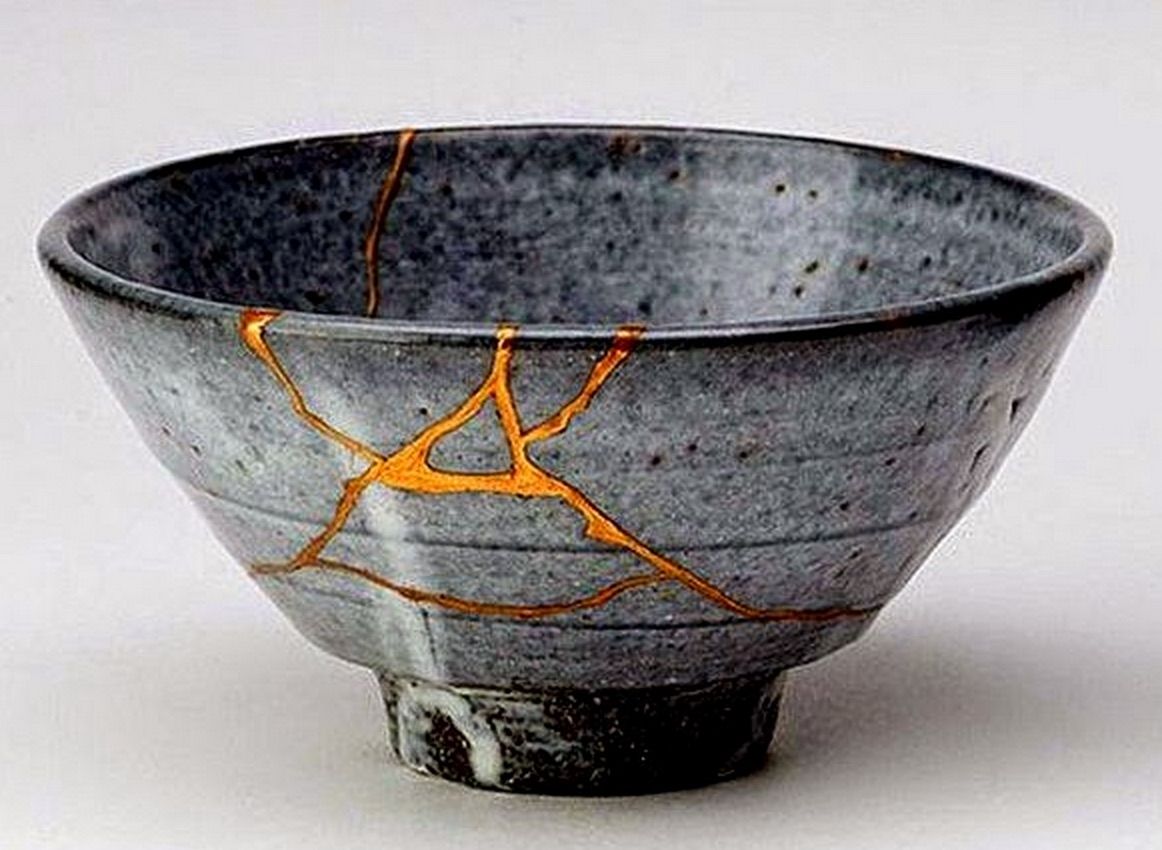Monday Morning Greetings 2018 #16 – A Personal Commentary on Chinese and Brooklyn Proverbs
Dhanurdhara Swami April 16th, 2018
By chance, I came across a book of Chinese Proverbs. [1] Out of curiosity I began thumbing the pages and wound up reading the whole thing. I’m glad I did. A quote by Francis Bacon in the introduction says it all:
“The genius, wit, and spirit of a nation are discovering proverbs.”
Let me share of few of my favorites with short personal comments on each.
Chinese Proverbs
Only one who can swallow an insult is a man.
A real man is one who has the strength of humility to control the false ego, which especially gets stirred when one is insulted.
Do everything at the right time and one day will seem like three.
To do everything at the right time means to be thoughtfully regulated in one’s activities. Making appointments with oneself helps to inoculate one from the intrusion of other less essential demands made by our minds and others. So much can be accomplished when one does this. For example, if one wants to maintain or increase one’s chanting, then one should chant every day at a prescribed time and the completion of every three rounds will seem like one.
Patience in one minute of anger can prevent one hundred days of sorrow.
Too much of life is wasted in dealing with problems that one has brought upon oneself by reacting impulsively. In other words, too much of what we are dealing with is self-created and could be avoided if we had more self-discipline and thoughtfulness.
There are two kinds of perfect people. Those who are dead, and those who have not been born yet.
The only way not to make mistakes is to do nothing. If we sincerely endeavor to improve ourselves, even if we sometimes falter, there is no reason to feel guilty. [2]
Men will despise you only if you despise yourself.
Unfortunately low self-esteem projects weakness and attracts scorn from those who are weak and envious. In contrast, those who feel self-worth as pure, humble servants of God attract affection from all. Śrīnivāsa Ācārya describes this about the Six Gosvāmīs of Vṛndāvana:
“They are just like the ocean of love of God, and they are popular both with the gentle and with the ruffians, because they are not envious of anyone.” (Ṣaḍ-gosvāmy-aṣṭaka v. 1)
To be fond of learning is to be near knowledge.
Our present knowledge is limited by our present frame of reference. There is so much more to know than what we can presently understand just by our perception. Therefore in terms of nearing knowledge, without eagerness to learn from a teacher—an authoritative source—one is doomed to either be stuck where one is or to learn very slowly.
Only by learning do we discover how ignorant we are.
Only by learning a subject can we understand the subject’s depth, especially spiritual subjects. For example, God is infinite. Thus the more we learn and realize about the expanse of God’s glories, the more we discover how much more there is to know.
Better to argue with a wise man than prattle with a fool.
Next time you engage with a Facebook thread or just follow one, keep this advice in mind.
To know another person is not to know the person’s face, but to know the person’s heart.
The most substantial part of any person, which is one’s nature as a friend, parent, or lover, is only revealed to one by those who love him or her. It can never be seen by perception or analysis alone. Similarly, God can only be known when He becomes inspired to give Himself in reciprocation with one’s devotion. Śrī Krishna describes this principle in the Bhagavad-gītā: “To those who are constantly devoted and worship Me with love, I give the understanding by which they can come to Me.” (Bg 10.10)
Learning is like rowing upstream: To not advance is to fall back.
If one is not steady in one’s commitments in spiritual life, one will not gain the strength to move forward. Enthusiasm wanes for any endeavor in which one does not feel progress.
Only distance tests the strength of horses; only time reveals the hearts of man.
Many people at the beginning of their spiritual life practice at a level beyond their qualification due to their initial fervor, but as their motive is not yet pure, they often become slack in their practices. The real test of one’s devotion is when one steadily executes their service for many years despite the challenges that come over time. We should very much respect those devotees who, after decades of facing life’s natural “ups and downs”, are still engaged steadily in humble service.
I was angered for I had no shoes, then I met a man who had no feet
One should be content with one’s immediate needs of life. Accruing more than that will only increase one’s level of attachment, leaving one with the same level of dissatisfaction as before. According to the Yoga Sutras, the result of perfecting the niyama of contentment, this satisfaction with what one has, is the attainment of the highest happiness.
To know the road ahead, ask those coming back.
One of the six qualities that enhance bhakti is sādhu vṛtti—to follow in the footsteps of previous ācāryas. It is described that the footsteps of a sādhu are like so many lighthouses that help one cross an infinite ocean
A smile will gain you ten more years of life.
Many studies show that the single most important factor for physical health is not exercise or even diet, although they are certainly important for health. The single most important element necessary for a long life is the quality and amount of the good relationships one has. It is the key because it is the foundation of happiness and “a smile will gain you ten more years of life[3]”.
A book holds a house of gold.
The most valuable things we possess are life realizations, for only by seeing the truth everywhere can one become happy. Realizations come by applying what we have heard from books of knowledge. A book of true knowledge thus contains the greatest treasure. In this regard see “Be a Sage Page by Page” (iOS App Store – Google Play).
The beautiful bird is the one that is caged.
Opulence, whether it is beauty, wealth, fame, intelligence, and so on, can be used either to serve others or to control them. Unfortunately, because our desire to enjoy is so strong we often see and use our “good karma” to control others, entangling us in the ropes of karma.
When drinking water, remember its source.
There are some things written on the subject of devotion that I don’t read even though they seem intellectually and aesthetically stimulating because I doubt the character of the source. Whatever a person shares with conviction carries his or her heart. If a person’s convictions are jaded by an agenda then those misconceptions and feelings are subtly transferred into his or her writing
Don’t believe you will ever reach the destination without leaving the shore.
When I begin writing Monday Morning Greetings every week I can’t imagine that a finished article will be produced, but I realize that if I don’t start, I will never produce anything. Many talented people don’t write very much because producing a written piece is daunting and they never start. If one leaves the shore of paralysis by simply vowing to write even a sentence or two a day, then one will soon reach the destination of a completed piece.
Listening well is as powerful as talking well, and it is also essential to true conversation.
I don’t have time to comment on all my favorites so I will list the last few:
Disease enters through the mouth; disaster leaves from it.
Useless as a youth, useless as a man.
Learning that does not daily increase will daily decrease.
He who teaches for a day is my father for life.
Life is but a journey, death is returning home.
Brooklyn Proverbs
I have to admit that I put this in the title to make the article more attractive to read. Now I am forced to come up with at least one “Brooklyn Proverb”. I can only think of one. It’s quite revealing about the culture I grew up in.
Nice guys finish last.[4]
[1] Chinese Proverbs for Today’s World by Emil William Chynn
[2] “Having awakened faith in the narrations of My glories, being disgusted with all material activities, knowing that all sense gratification leads to misery, but still being unable to renounce all sense enjoyment, My devotee should remain happy and worship Me with great faith and conviction. Even though he is sometimes engaged in sense enjoyment, My devotee knows that all sense gratification leads to a miserable result, and he sincerely repents such activities.” [emphasis mine] (Bhag. 11.20.27-28)
[3] What Makes a Life Good: Lessons from the Longest Study on Happiness – Robert Waldinger
[4] This was about as famous a quotation as there was growing up in New York. It is credited to Leo “the Lip” Durocher, the former manager of the Brooklyn Dodgers, which was the professional baseball team we followed growing up.

